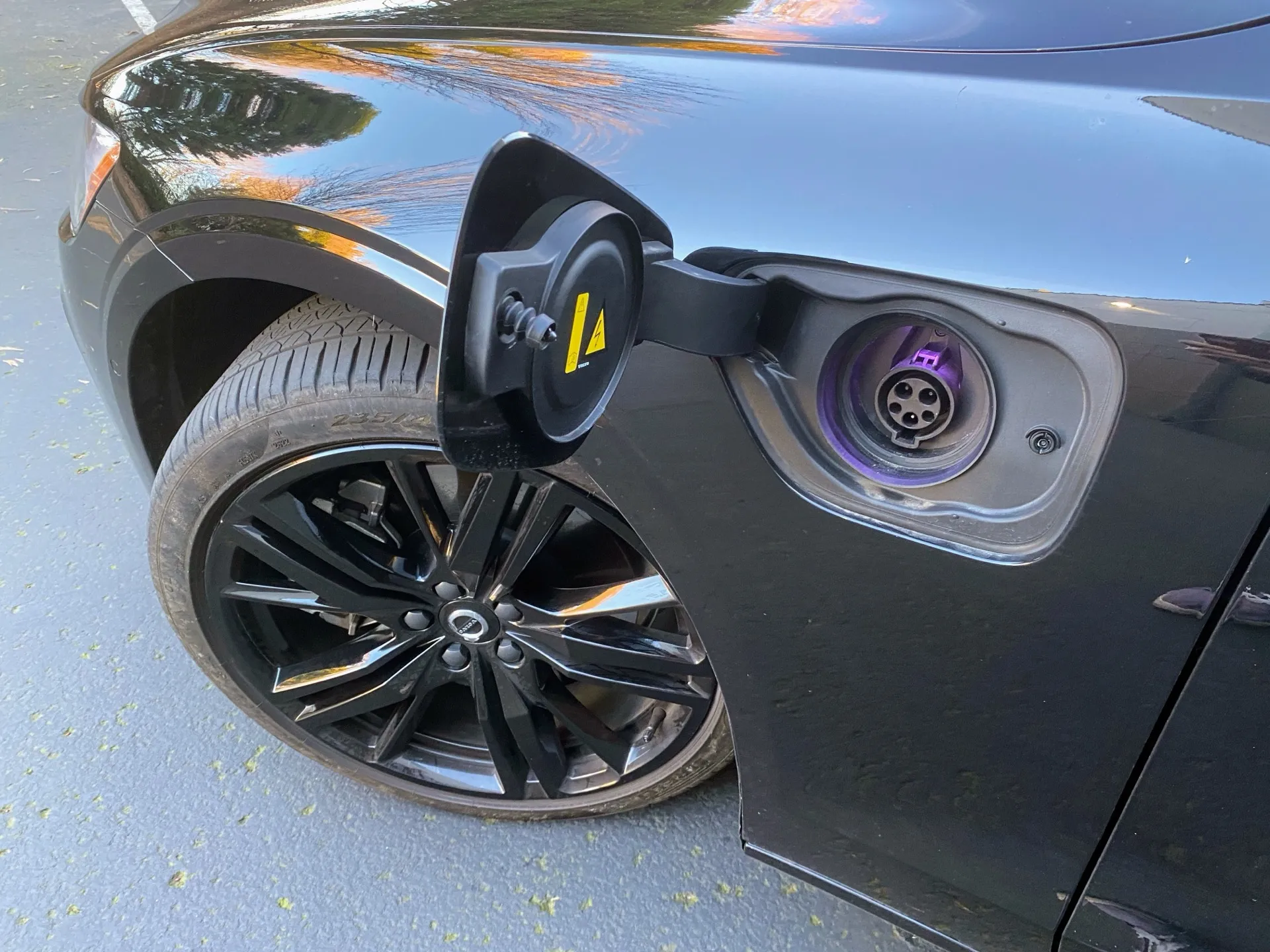EVs still cost more to insure. Thieves are looking at fat charging cables as a fat paycheck (but they’re not). The oil industry is speaking up against EPA standards—and filing court cases. And we plug in Volvo’s plug-in hybrid sedan and see why it’s pointing to EVs. This and more, here at Green Car Reports.
In a review of the Volvo S60 Recharge plug-in hybrid, Green Car Reports found this highest-mpg, highest-mileage PHEV from Volvo to be a little confused about its hybrid identity but more electric when it counts compared to previous PHEVs from the brand.
The oil industry challenged EPA vehicle standards this past week—standards that had already been softened for light trucks versus their earlier proposal. Spurred by rules that emphasize plug-in vehicles and mostly ignore ethanol, the American Petroleum Institute says the standards amount to an electric vehicle mandate (it’s technically not). It hadn’t pushed back as strongly vs. the last round of standards, so its timing in an election year is likely no mistake.
More data has rolled in from the insurance industry, unfortunately underscoring a trend that makes electric vehicle ownership a little more complicated: EVs are more expensive to insure. Why? In its latest risk report looking at calendar-year 2023, LexisNexis doesn’t point to particulars but says EVs have a 17% higher claim frequency and 34% higher claim severity (by cost) versus “traditional segments.”
And the fat cables on commercial EV chargers are becoming a magnet for thieves, according to a recent AP report looking at crime statistics and checking in with charging networks. That’s left EV drivers frustrated and charging companies with big repair bills. It costs about $1,000 to replace each cable that might ultimately contain $15 of hard-to-extract copper.
_________________________________
